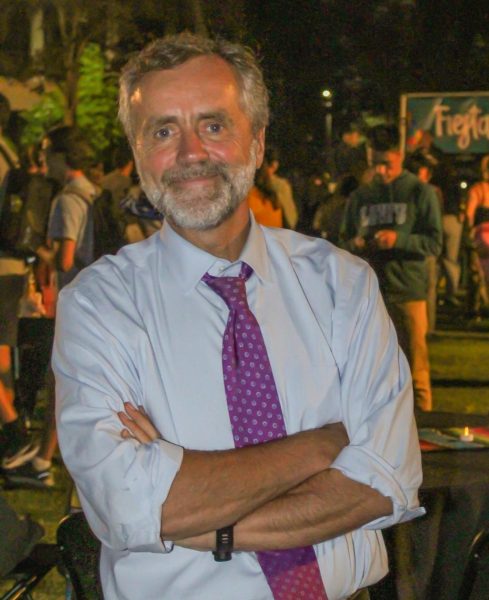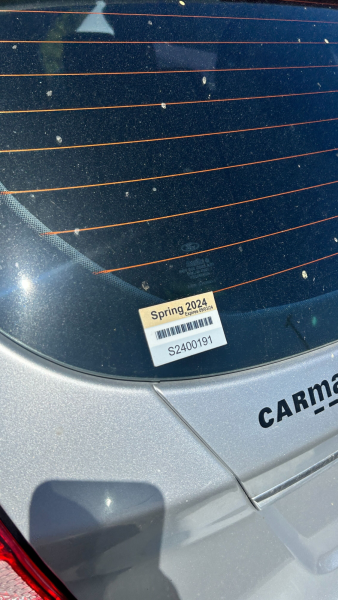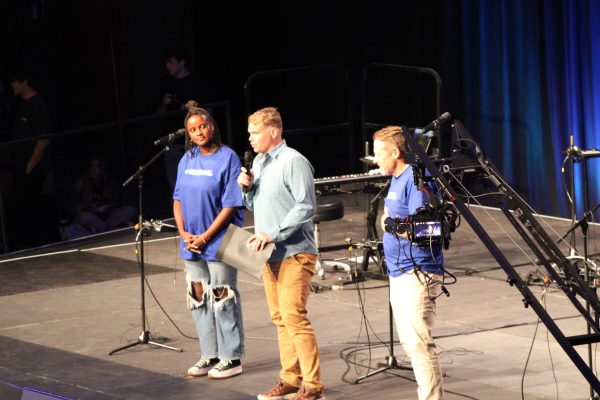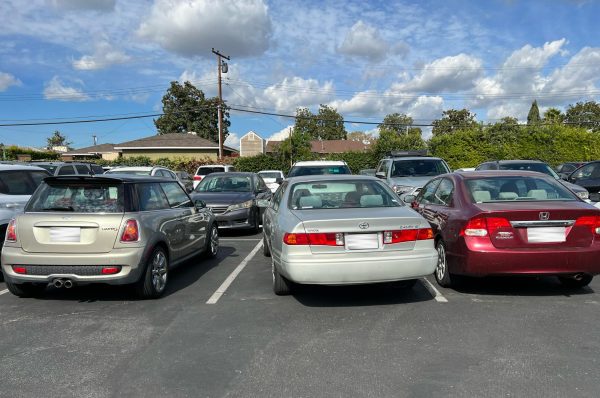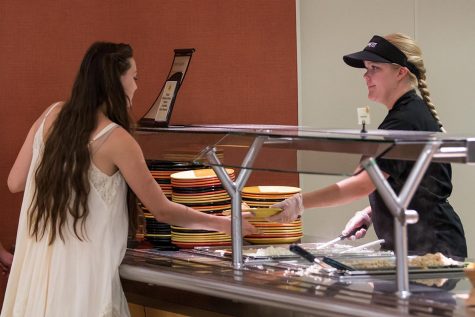Staff Editorial: Removing the mural is not the answer
Editorial for the April 29, 2010 issue.
April 29, 2010
The deliberate, weeklong discussion on “The Word” is over. Awaiting a decision on its fate, the mural steadily overlooks the main hub of the campus, just as it has for the last 20 years. Unfortunately, the mural itself has become a smokescreen, distracting us from more important discussion. If the debate over the towering Christ figure seems to have been blown out of proportion, that’s because it has been.
The discussions of late have been disappointing, in that there has been little willingness to face the deep, painful issues head-on. There have been debates about whether to keep the mural; whether to add diverse art to campus; and whether the Bardwell Jesus is a malicious symbol. The mural has prompted faculty to threaten resignation if it is kept; some have threatened resignation if it goes; it has inspired students to come to Biola; it has provoked unloving conversation among friends. But these are convenient distractions, cloaking the bigger issue at hand. Art is not the controversy; the issue the art illumines is the controversy.
“The Word” is a scapegoat for racial tension at Biola. If the mural is removed, the tension on campus will remain constant, at best. At worst it will be heightened. Any resentment, underrepresentation, misrepresentation, anger or sting that exists now would be felt in the mural’s absence, because the mural is only a symbol. The conversation item would be removed, but the underlying conflict would remain. A plain-faced Bardwell would leave us no better off than we are now.
We do not suggest racial tension is a nonissue. Rather, it’s an issue our community needs to face squarely. The stress that exists among races and schools of thought needs to be released constructively. Removing the mural and harboring conflict would be destructive. Constructiveness requires building: building up of each other, art, the kingship of Christ and the unity of his body. True fellowship depends upon our ability to understand and embrace each other. Jesus is the Son of God. As such, he transcends race and conflict of opinion. Christ’s body, united in him, ought to take steps to transcending them, as well.
One relationship that has been compromised is the one between Biola and the artist. We are grieved that Kent Twitchell, a former Biola professor who holds an honorary doctorate, feels “unwelcome” on this campus now. His mural may be a catalyst for dispute, but Twitchell never envisioned this. It is painfully ironic that an image of Jesus has stirred up so much division.
President Corey’s administration has been in a difficult place since it inherited the debate over the mural. We laud the administration’s sensitivity toward those who object to the mural’s presence. Corey has struck a balance between considering multiple perspectives and maintaining his authority. It’s a relief that Corey is preparing to make a final decision regarding the mural, and in so doing, end 17 years of smoldering contention.
The best course of action is to keep “The Word” and explore constructive ways to address the tensions that have been brought to light. Noticing the mural was never an option for anyone crossing campus. Now, recalling the controversy associated with it isn’t optional, either. Biola has an obligation to reconcile the painful differences among us. We exhort the administration to consider how to begin healing the deepest wounds behind the mural debate, rather than bandaging them by eliminating “The Word.”


